Betta fish, known for their vibrant colors and flowing fins, thrive in well-maintained tanks. Adding live plants is a great way to create a healthy and beautiful environment for your betta.
These plants enhance the tank’s appearance but also help improve water quality by absorbing toxins and providing hiding spots for your fish. In this article, we’ll explore what are the best plants and leaves for a betta fish tank. that will make your betta feel at home while keeping your tank looking natural and clean.
Best Live Plants for Betta to Put In The Tanks
- Java Fern
- Anubias Marimo
- Moss Ball Amazon Sword
- Amazon Sword
- Water Sprite
- Cryptocoryne
What Fake Plants Are Best For Betta Fish? Are betta fish OK with fake plants?
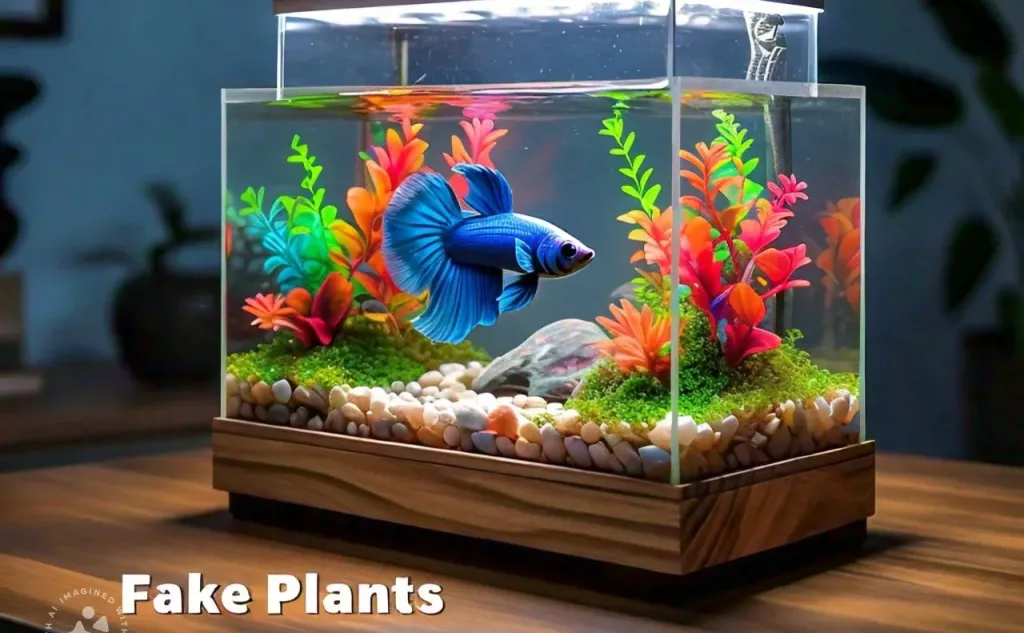
Here are some popular types of fake plants for betta fish that are safe and great for tanks:
- Silk plants are soft and gentle, making them safe for Betta fins. They look more natural and move like real plants in water.
- Some plastic plants are designed with smooth, rounded edges to prevent tearing the Betta’s delicate fins. Always check the texture before placing them in the tank.
- Moss Balls (Imitation) are fake versions of real moss balls that give a natural look and provide hiding spots for Bettas.
- Anubias Imitation is a popular real plant for fish tanks, and there are fake versions that mimic its wide, sturdy leaves. Betta fish love resting on these.
These types of fake plants are easy to maintain, safe for your Betta, and can create a beautiful environment in the tank.
What Are The Best Leaves For Betta Fish?
Betta fish enjoy having leaves in their tanks for hiding, resting, and exploring. When using leaves, always make sure they are dried and free from pesticides or chemicals. Avoid leaves from trees that might be toxic to fish, such as pine or maple. Here are some of the best types of leaves you can use:
Almond Leaves (Catappa Leaves)
These are popular because they release natural tannins that help lower the pH of the water and create a calming, tea-colored environment. They are also believed to boost the fish’s immune system and promote healing.
Banana Leaves
Banana leaves also release beneficial tannins and are a great choice for creating a natural, soft environment for your betta.
Guava Leaves
Known for their antibacterial properties, guava leaves help prevent infections in betta fish. They also release tannins and provide shelter for your fish.
Mulberry Leaves
Mulberry leaves are another safe option that releases tannins and provides shelter for your betta. They are softer compared to other leaves and are ideal for delicate bettas.
When choosing plants for a betta fish tank, you want plants that are easy to care for and safe for your fish. Here are some best plants for the tank:
How to Set Up a Betta Tank with Live Plants
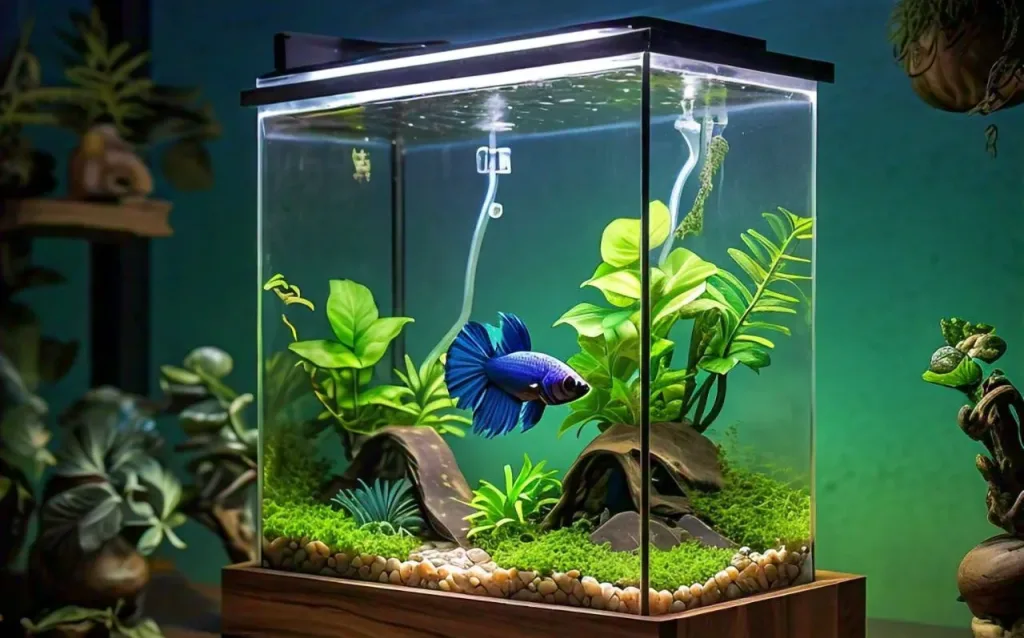
- Pick a Tank betta fish need at least 5 gallons of water to thrive.
- Use aquarium gravel or substrate that supports plant growth.
- Add live plants place them in the gravel or attach them to decorations like rocks or driftwood.
- Install a filter and a heater bettas like warm water (around 78-80°F).
- Let the tank cycle for a few days before adding your betta. This allows the plants to settle and the water to become safe for your fish.
Toxic Plants For Betta Fish
Betta fish are sensitive to certain plants that can be toxic or harmful to their health. If you’re setting up a tank for them, it’s important to avoid the following plants:
Dieffenbachia (Dumb Cane)
This plant contains a sap that can irritate a betta’s skin and gills. It’s best known for being toxic to humans and pets, but it can be harmful to fish, too.
Philodendron
While popular in homes, philodendrons release chemicals that can poison your betta when submerged in water. Avoid using this plant in any aquatic setting.
Peace Lily
Though sometimes used in betta vases, the peace lily is not fully aquatic. Its roots may release harmful substances into the water, leading to stress or illness for your fish.
Caladium
This plant contains calcium oxalate crystals that are harmful to betta fish. If ingested or if the plant decays in water, it can cause serious health problems.
Aloe Vera
Aloe vera is often used in aquariums for its healing properties, but in high amounts, it can become toxic to bettas. Be cautious with any aloe-based products or plants.
By avoiding these harmful plants, you can keep your betta healthy and happy in their home!
Can Betta Fish Eat Plants?
Betta fish can nibble on plants, but they don’t actually eat them for food. They are carnivores, so they mainly need protein-rich foods like insects, larvae, or special betta pellets. However, plants in their tank can be useful in other ways, like providing hiding spots or improving water quality. While they may occasionally bite at leaves, it’s more out of curiosity or to clean their space rather than for nutrition.
Java Fern:
A Great Addition to Your Betta Tank
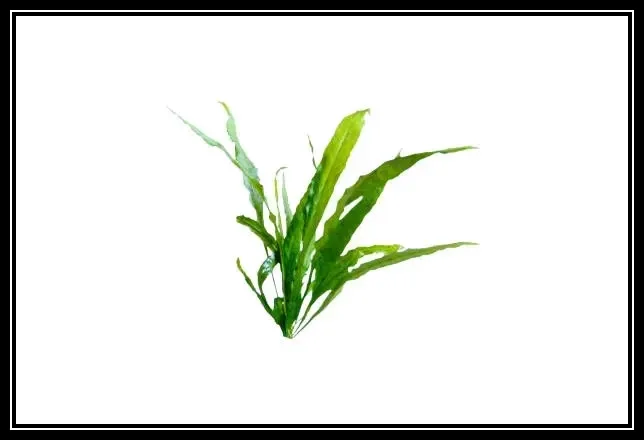
Why Choose Java Fern?
1: Provides a natural environment, making Betta fish feel comfortable and secure.
2: Acts like a natural filter, absorbing excess nutrients and releasing oxygen, which keeps the tank environment healthy.
Caring for Your Java Fern:
1:Planting: Attach the fern to rocks or driftwood, making sure not to bury its roots.
2:Propagation: Easily grow new plants by separating the small plantlets that grow on the leaves.
3:Maintenance: Remove dead leaves regularly and occasionally provide liquid fertilizer to keep them healthy.
Troubleshooting Tips:
1:Yellow Leaves: Use a special potassium or iron fertilizer to address deficiencies.
2:Black Spots: Check water quality and consider adding balanced fertilizer if necessary.
3:Slow Growth: Ensure proper lighting and nutrient levels to encourage healthy growth.
Anubias.

Anubias plants are great for betta fish tanks because they’re tough and don’t need a lot of light. Their big leaves give bettas comfy spots to rest on, which helps keep them happy.
Plus, Anubias grow slowly, so they’re low-maintenance and don’t need much trimming. You can attach them to rocks or wood in your tank, making them versatile for any setup.
Overall, Anubias is a smart choice if you want a plant that’s easy to care for and looks good with your betta fish.
Pogostemon Stellatus ‘Octopus’
Perfect for Your Aquarium
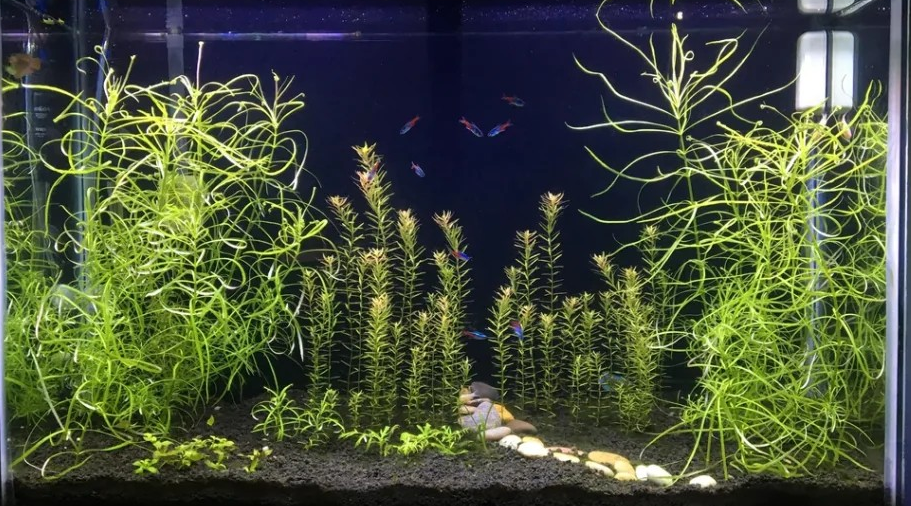
Why Choose Pogostemon Stellatus ‘Octopus’?
Cool Look
1:Unique Shape: Its long, wavy leaves look like octopus tentacles, adding a unique touch to your tank.
2:Colorful: The leaves can turn from green to reddish under good lighting, making your aquarium more vibrant.
Great for Fish
1:Hiding Spots: The dense growth offers plenty of hiding and resting spots for fish, helping them feel secure and less stressed.
2:Water Quality: The plant helps clean the water by absorbing excess nutrients, reducing algae growth, and keeping the water clear.
How to Care for Pogostemon Stellatus ‘Octopus’
Substrate:
Plant it in nutrient-rich gravel or soil to support its growth.
Spacing:
Give each plant enough space to grow without crowding.
Light:
This plant thrives in moderate to high light. More light helps it grow faster and look better.
CO2:
Adding CO2 can enhance its growth and appearance, but it’s not essential.
Pruning:
Trim the plant regularly to prevent it from taking over the tank and to keep it looking tidy.
Fertilizing:
Use liquid plant food or root tabs to provide necessary nutrients, especially if there aren’t many fish in the tank.
Common Problems and Solutions:
1:Slow Growth
Problem: Not enough light or nutrients.
Solution: Increase the light and add plant food.
2:Yellow Leaves
Problem: Lack of nutrients like nitrogen or iron.
Solution: Use plant food that contains these nutrients.
Sword Plant
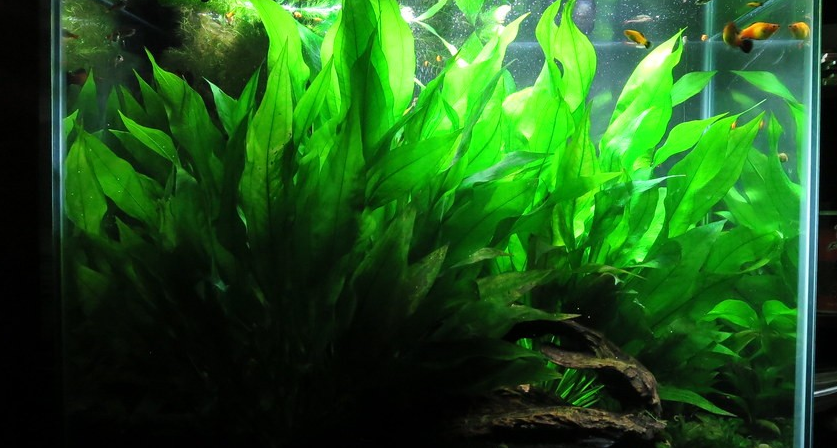
A sword plant usually means a plant from the Echinodorus group, commonly called Amazon sword plants. These plants are popular in aquariums because of their long, wide leaves resembling swords.
They come from Central and South America and are easy to take care of.
Common Types of Sword Plants:
1:Amazon Sword (Echinodorus bleheri)
2:Echinodorus amazonicus
3:Echinodorus grisebachii
4:Rosette Sword (Echinodorus parviflorus)
Sword plants are an excellent choice for aquariums, providing a lush, green environment. With proper care, they thrive and create a beautiful, natural habitat for fish and other aquatic life.
Water Sprite (Ceratopteris thalictroides)

Water sprite is a well-loved plant for freshwater aquariums. Its delicate, feathery leaves and ability to thrive in various water conditions make it a popular choice. You can either plant it in the tank’s gravel or let it float on the water’s surface
Characteristics:
1:Water sprite has bright green, finely divided leaves that look like feathers. When it floats, it creates dense mats on the water’s surface.
2:It can grow up to 12 inches tall when planted and spreads quickly when floating.
3: The plant grows fast, making it effective at absorbing excess nutrients and reducing algae growth.
Planting
1: In Gravel: Secure the roots into the gravel at the bottom of the tank. This helps it grow as a bushy plant.
2: Floating: Place the plant on the water’s surface. Floating plants can provide shade and hiding spots for fish.
Water sprite is a versatile and attractive plant that enhances the beauty and ecological balance of freshwater aquariums. Its ease of care and rapid growth make it a favorite among both beginner and experienced aquarists.
Marimo Moss Ball
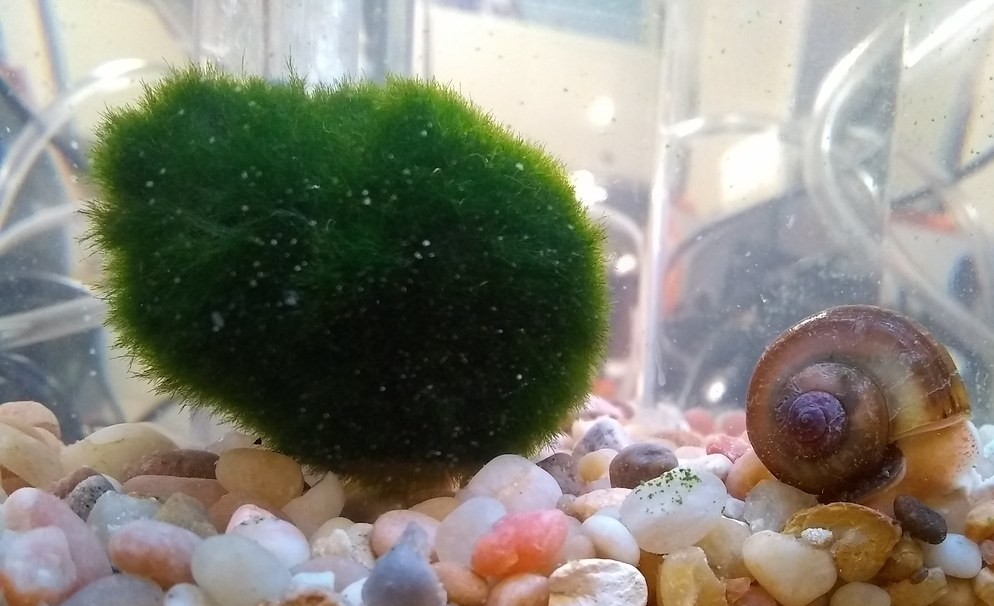
Marimo moss balls are a fun and simple way to enhance your aquarium. They offer both beauty and a bit of natural water cleaning, making them a wonderful choice for any freshwater setup.
Benefits
1:Aesthetics: Their unique look adds charm to any aquarium.
2:Low Maintenance: They are very easy to care for, making them perfect for beginners.
3:Water Quality: Marimo moss balls help clean the water by absorbing pollutants.
Care Tips
1: They prefer low to moderate light and should be kept out of direct sunlight.
2: They thrive in clean, cool water. It’s best to change the water every 1-2 weeks.
3: Ideal water temperature is between 59-77°F (15-25°C).
4: During water changes, gently roll and squeeze the moss balls to help them maintain their shape and remove any dirt.
They are popular in aquariums and jars because they are easy to care for and visually interesting.
Driftwood
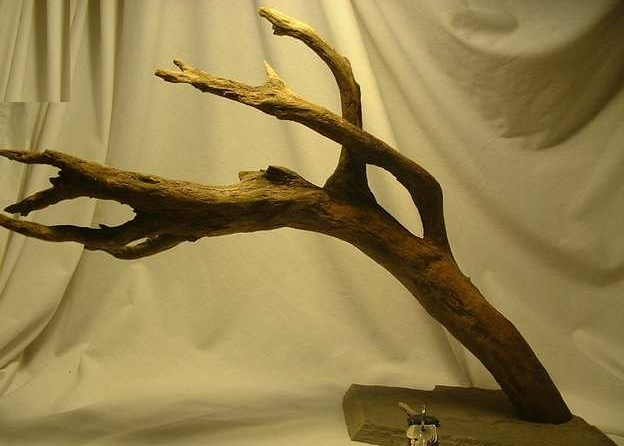
Driftwood is like nature’s gift to aquarium and terrarium enthusiasts. It’s wood that has been floating around in water, like rivers or oceans, and then ends up washed ashore.
People love using it to jazz up their tanks because it adds a touch of the outdoors and makes pets feel more at home
Driftwood Brings
Looks Cool:
It gives your tank or terrarium that natural, rustic vibe.
Safe Haven:
Pets, whether fish or little critters, can use it to hide when they need some quiet time.
Water Helpers:
Driftwood releases something called tannins, which can make the water just right for certain pets.
Care
1:Give it a gentle scrub now and then to keep it looking fresh.
2:Make sure it’s not falling apart or causing any trouble for your pets.
Floating Plants
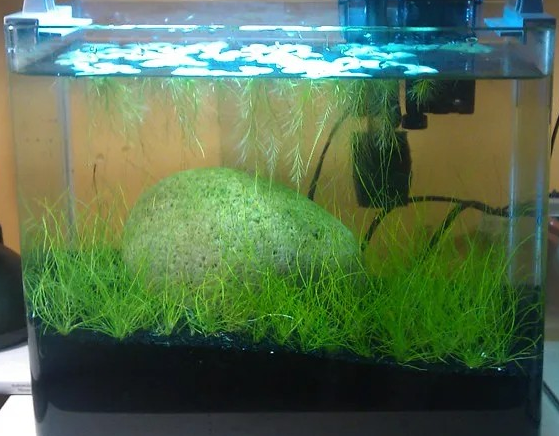
Floating plants are a fantastic addition to aquariums and ponds. They float on the surface and are easy to maintain.
Benefits of Floating Plants
1: They provide shade, which helps reduce algae growth.
2: They absorb nutrients from the water, helping to keep it clean and clear.
3: They offer hiding spots for fish making them feel safe.
Maintenance Tips
1: Occasionally rinse the plants in tank water to remove debris or algae.
2: Regularly remove excess plants to prevent overgrowth and ensure light reaches all areas of the tank.
3: Keep an eye on the health of the plants and the water quality, making adjustments as needed.
Floating plants are an easy and attractive way to enhance your aquarium. They help maintain clean water and provide a natural habitat for your aquatic pets.
FAQs
- Do Aquarium Plants Improve Water Quality?
Yes, live plants make water quality better. They absorb harmful substances like ammonia, nitrites, and nitrates from fish waste and leftover food. Plants also add oxygen to the water, which is good for fish, and they help keep the pH level stable.
- Do Live Plants Make a Fish Tank Dirty?
No, live plants don’t make the tank dirty. They help clean the water by using waste products. However, you need to remove dead plant parts so they don’t decay and add to the waste.
- Is Rice Water Good for Plants?
Yes, rice water can be good for plants. It has nutrients that help plants grow. Use it sparingly because too much can attract pests or cause mold.
- Do I Need to Remove Fish Poop?
Yes, you need to remove fish poop to keep the tank clean. While plants can use some of the waste, the solid poop still needs to be cleaned out. Regular water changes and cleaning the bottom of the tank are important to keep the water healthy for your fish.
- Are Live Plants Better?
Yep, they are! Live plants in your aquarium make the water healthier for your fish, and they give them a nice place to hang out. They need a bit more care, but it’s worth it for a happy, healthy tank
Conclusion
To sum up, adding live plants to your betta fish tank is a great idea. They not only make your tank look nicer but also help your fish feel happier and healthier. These plants do a lot of good stuff for your tank. They act like natural filters, cleaning up the water by taking in the bad stuff and giving out oxygen. Plus, they give your fish places to hide and chill out.
Taking care of these plants isn’t too hard. Just make sure they have enough light and some plant food now and then. And don’t forget to trim them when they get too big. Overall, live plants in your betta fish tank make it a nicer place for your fish to live. With a bit of care, you can create a cool and healthy home for your aquatic buddies
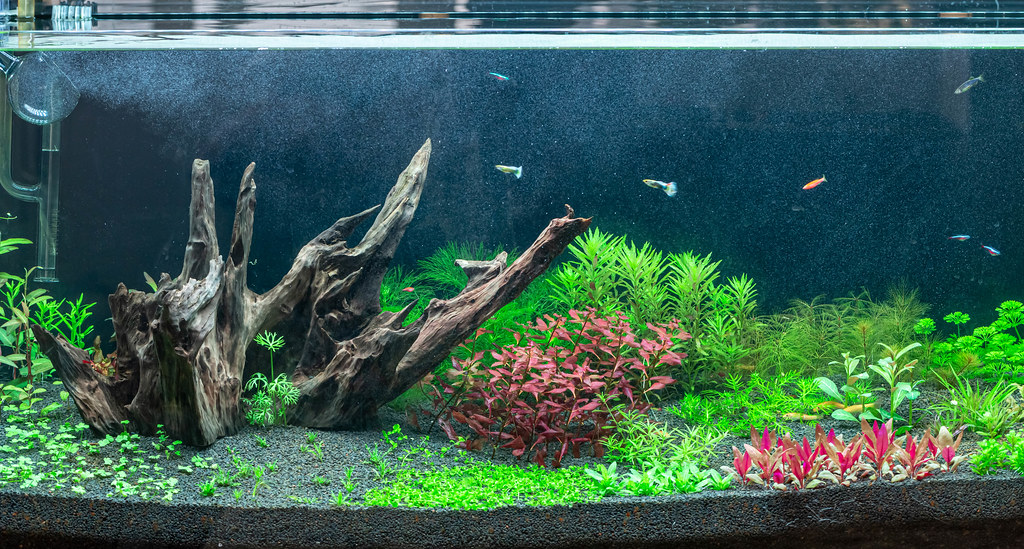
1 thought on “Top Picks For Your Aquarium, Betta Fish Love These Plants.”